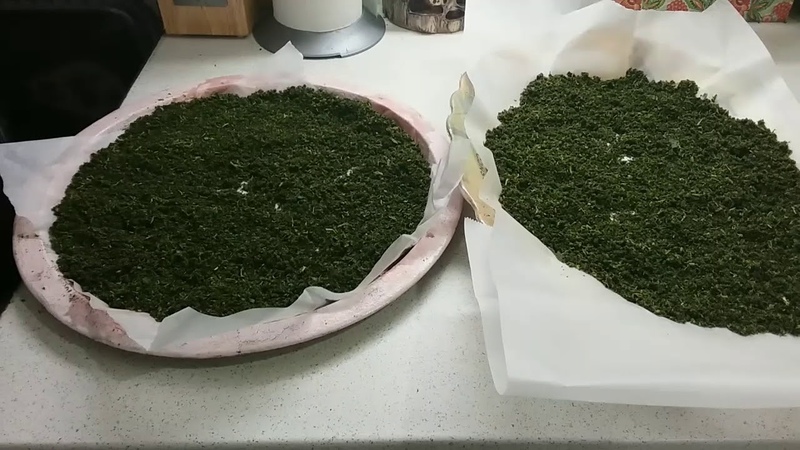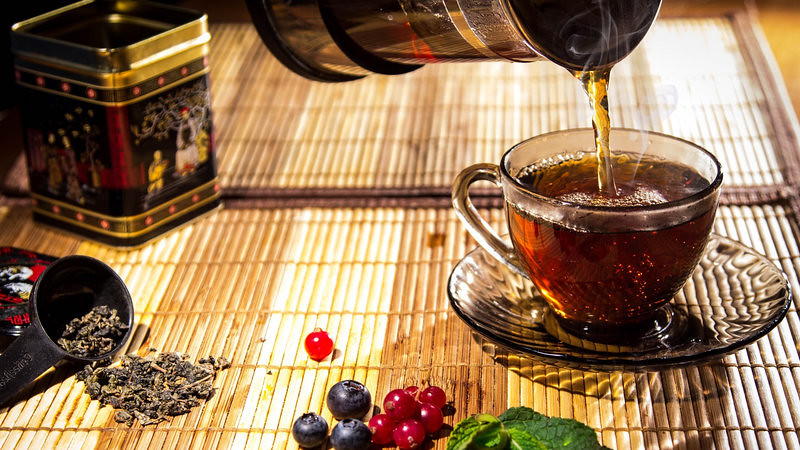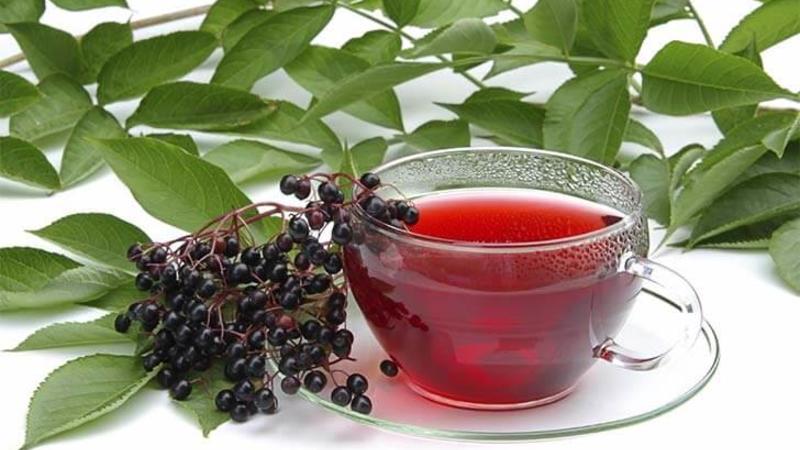A step-by-step guide to fermenting currant leaves for tea at home
Fermentation of currant leaves is a great way to prepare a large amount of raw materials for the winter for healthy and very tasty tea. The leaves contain trace elements, vitamins, tannins, which are in black tea and give vigor.
With the usual drying of the leaves, there will be no tannins in the raw materials, and the drink will turn out to be not so aromatic and tasty. Let's figure out how to ferment currant leaves for tea at home.
The content of the article
What is fermentation and what is it for
Fermentation is a chemical process that is used to make tea.
The purpose of this method of preparing raw materials is to convert the insoluble tissues of the leaf plates into soluble ones. This allows trace elements to easily pass into boiling water and be absorbed by the body. During fermentation, tannins are released. They add aroma and vigor to the drink without unpleasant consequences in the form of a rapid heart rate and dehydration.

Advantages and Disadvantages of Fermented Currant Leaf
Correctly fermented currant leaves have a number of advantages over simply dried leaves.
Tea from such raw materials is obtained:
- without sediment and turbidity;
- beautiful saturated color;
- aromatic, with a taste of raspberries, cherries, ripe apples;
- useful.
Fermented leaf added to herbal teas or brewed separately:
- strengthens the immune system;
- reduces toxicosis in pregnant women;
- facilitates falling asleep and improves sleep quality;
- reduces the incidence of inflammatory diseases of the urinary system, therefore it is especially useful in chronic cystitis;
- normalizes digestion, reduces appetite and reduces excess weight.
Due to its vitamin, cleansing and immuno-strengthening properties, currant tea is prescribed for pregnant women during the period of toxicosis and colds, when drug therapy is prohibited or ineffective.
The only disadvantage of fermented raw materials is a significantly greater expenditure of time and effort for its preparation and a slight loss of currant aroma.
When to harvest currant leaves
Raw materials are harvested twice a year - at the end of May, when currant blooms actively, and in July - during fruiting.
Tea from May leaves is tastier and more aromatic, from July leaves it is richer in color and vitamin composition.
Leaves are removed only in the morning, when the dew has already disappeared, and there is still no heat. At this time, the plants contain the maximum amount of juices. The weather should be dry, wet leaves will become moldy during cooking.
Important! In autumn, raw materials are not collect... The leaves become tough, dry, dense. Vitamins are lost, the fermentation process is difficult.
How to do it right

Procurement of raw materials is as follows:
- The leaves are carefully picked.
- Damaged, with spots and dots are removed.
- If necessary, they are washed, but it is undesirable to do this - together with the dust, the microorganisms necessary for fermentation are washed off.
After collecting, the raw materials are laid for primary drying or withering.
Preparing leaves for fermentation
Freshly picked currant leaves are withering - this will facilitate the process of chlorophyll destruction.As a result, essential oils accumulate in the tissues and a characteristic color and aroma appear.
Procedure:
- The collected raw currant for fermentation is laid out in a thin layer (no more than 5 cm) on a cotton cloth in a dry, well-ventilated area.
- In the morning and evening, the leaves are gently mixed.
- The duration of the primary preparation process is about 12-16 hours. If the room is dry and warm, this will be sufficient. During the period of rains and coolness, withering continues for several days.
The sheet is squeezed. If it crunches, continue drying. If it is soft and does not straighten back, proceed to the next stage.
Important! The ideal temperature for the initial stage of fermentation is + 20 ... + 24 ° С, humidity - no more than 70%.
Twisting

The withered leaves are picked up in hands of 3-5 pieces and carefully rolled between the palms into thin rolls. Grind them until dark juice appears on the surface of the raw material.
The procedure is repeated until all the leaves are curled into dark, fragrant flagella.
To obtain small-leaved tea at this stage, the leaves are cut into small pieces with a knife or scissors.
Crease
In a deep saucepan, all the prepared leaves are grinded for a long time and crushed with your hands - just like a cabbage salad is prepared when they want him to let the juice out.
Important! The resulting clumps of leaves are gently loosened so that in the future the fermentation process goes evenly throughout the entire thickness of the leaf.
Shredding
The finished raw material is crushed:
- hands, carefully tearing the plates into small pieces;
- scissors;
- rubbing through a large metal sieve;
- using a meat grinder.
The finer the raw materials are ground, the more aromatic the drink will be.
How to ferment currant leaves
For the process of making dry tea itself:
- the processed leaves are well tamped in 7-10 layers in a glass container;
- cover with a thick cotton or linen cloth;
- a heavy, carefully washed stone is placed on top;
- the container is transferred to a warm place and left for 8 hours.
If the room is cool and humid, the fermentation process is slower and can take a day.
Stages
During preparation, tea goes through three stages: final withering, release of dark juice and fermentation, when microorganisms begin to process organic matter and sugars.
Reference. When the characteristic smell of fermentation appears, the fermentation process is considered to be successfully completed.
Readiness check

Check the finished tea by smell and color. Well-cooked raw materials:
- has a pronounced smell of currants and other garden berries;
- slightly tart;
- dark in color.
The finished tea is gently shaken and stored.
Storage of finished tea
Fermented currant leaves are stored in glass containers covered with a cloth or plastic lid. Plastic cans, birch bark or wooden boxes will do.
The main thing is to leave the product stored in a dark, dry room, best of all in a kitchen cabinet, where there are no spices and foreign odors.
Reference. For more than a year, leaf teas, including currant, are not stored.
How to make tea from fermented currant leaves

The preparation of herbal teas is slightly different from the brewing of black and green counterparts:
- The kettle is washed, rinsed with boiling water.
- Pour the fermented currant leaf at the rate of 1 tsp. raw materials for 1 tbsp. water.
- Leave to infuse for at least 20 minutes, wrapped in a warm towel so that the tea does not cool down.
A brew is obtained from the prepared infusion. It is diluted before serving with boiling water at a rate of 1: 1. Leaves of dried lingonberry, raspberry, cranberry and St. John's wort are perfect as an additive to the drink.
It is interesting:
The best ways to freeze black currants for the winter in the freezer.
Conclusion
Fermentation of currant leaves is a laborious process that allows you to get a really high-quality product. Tea made from such leaves is very tasty and healthy. Its daily use will protect against colds, cleanse the body of toxins and reduce excess weight.